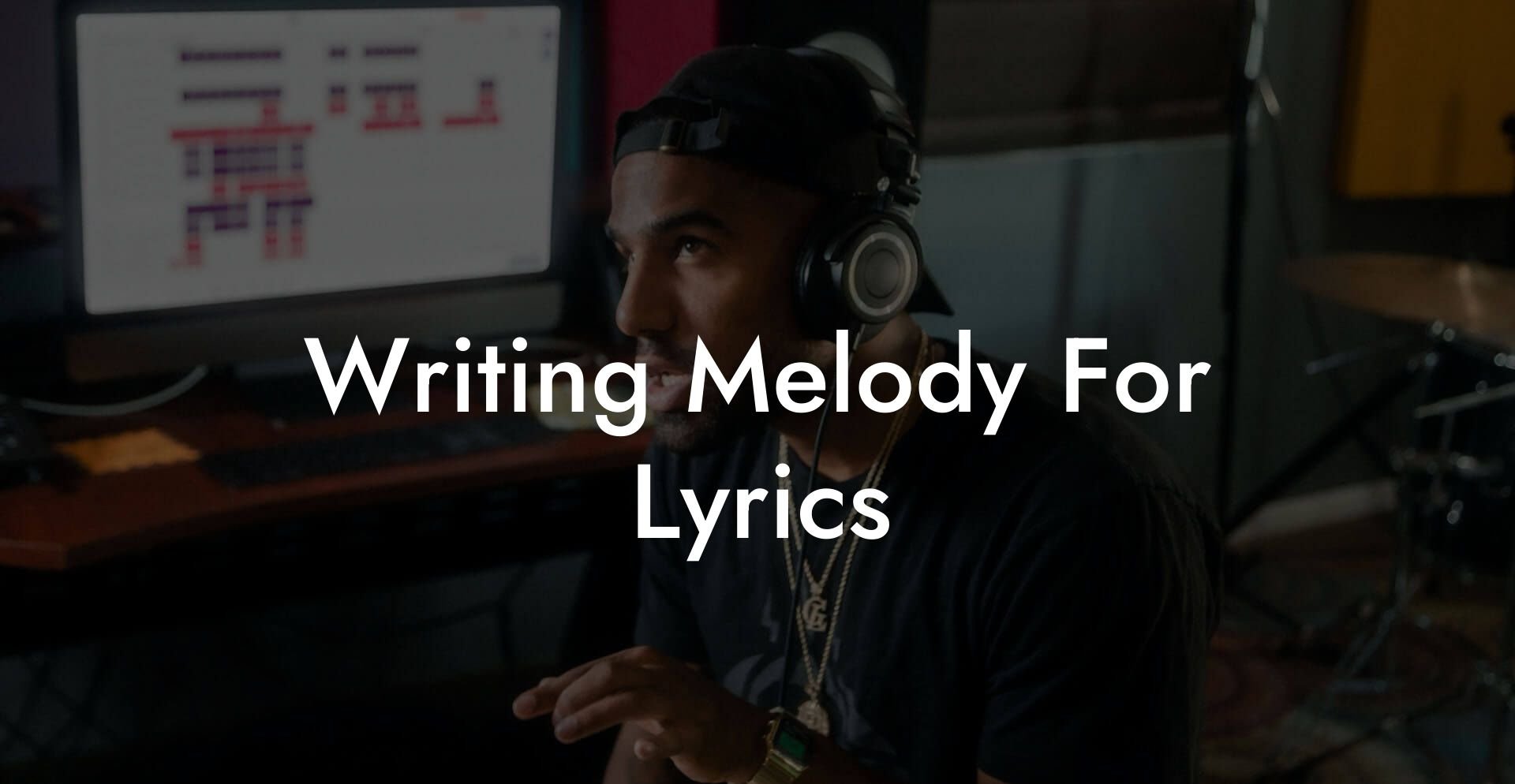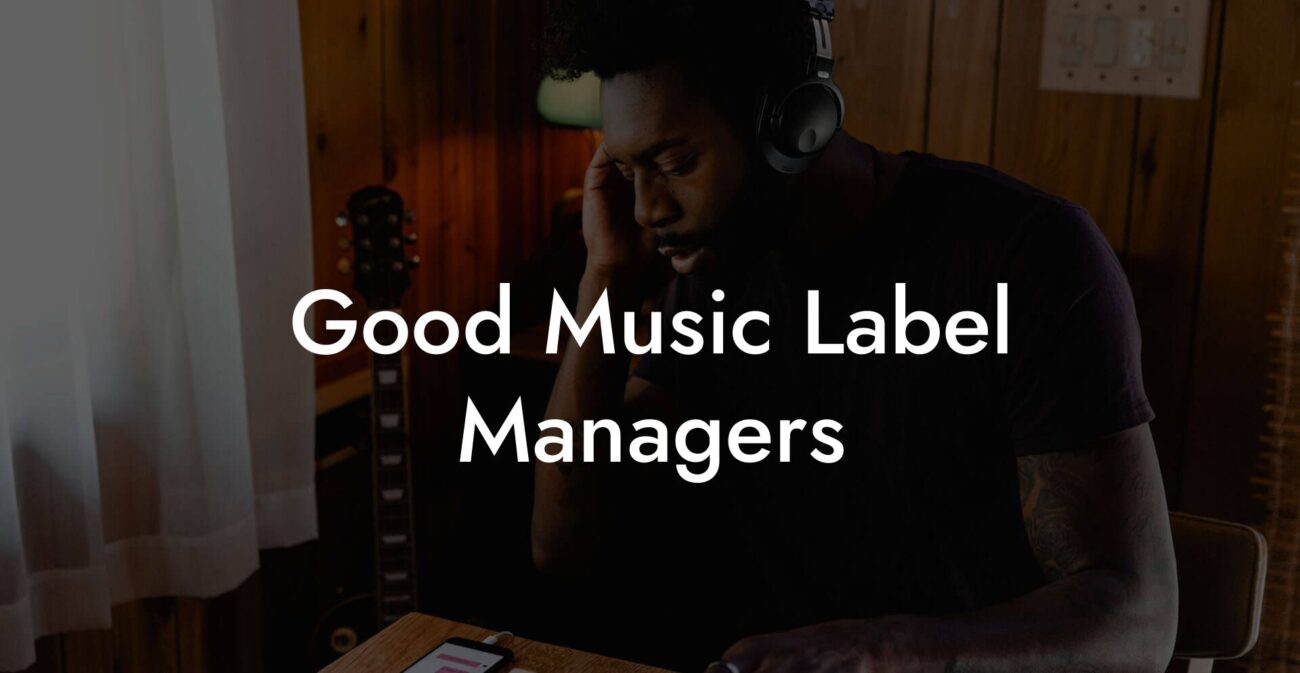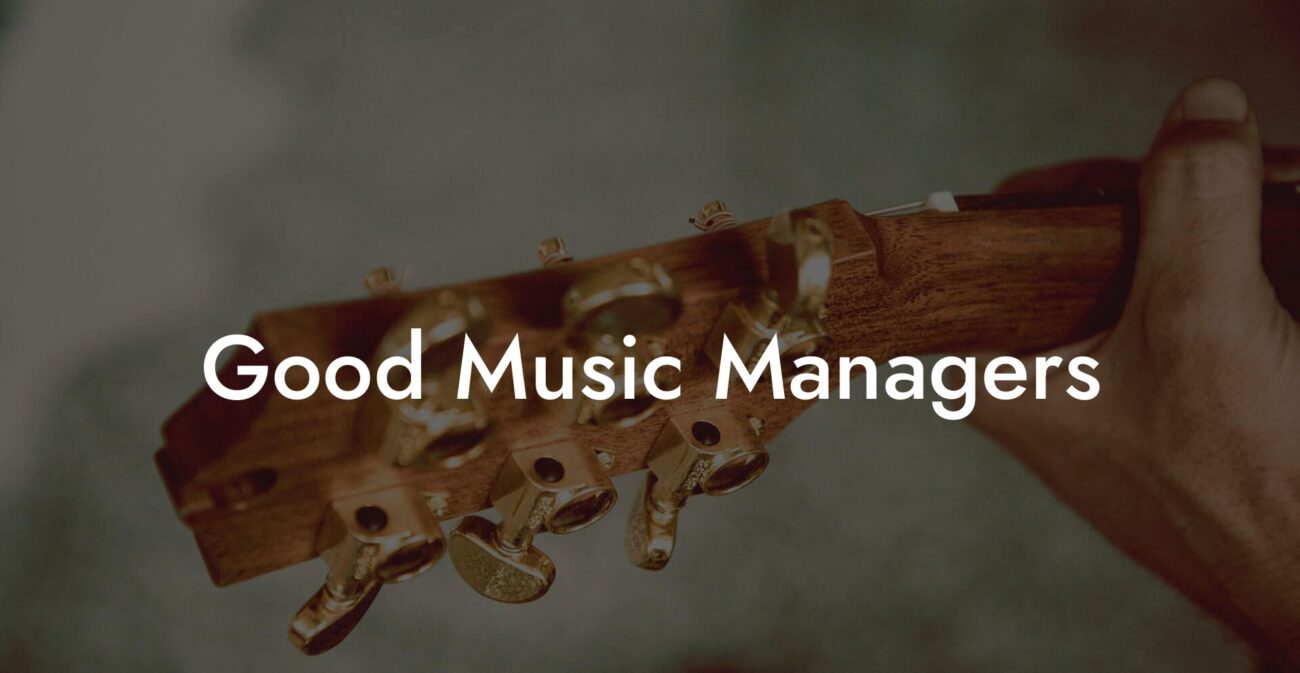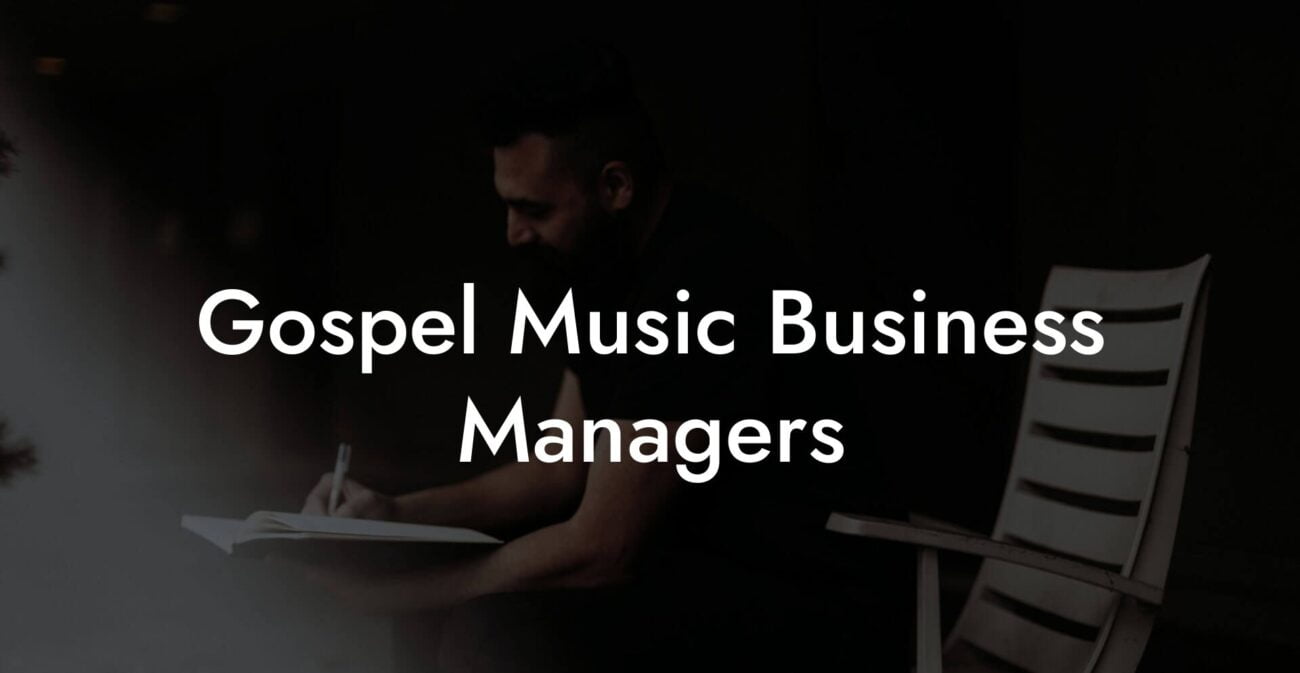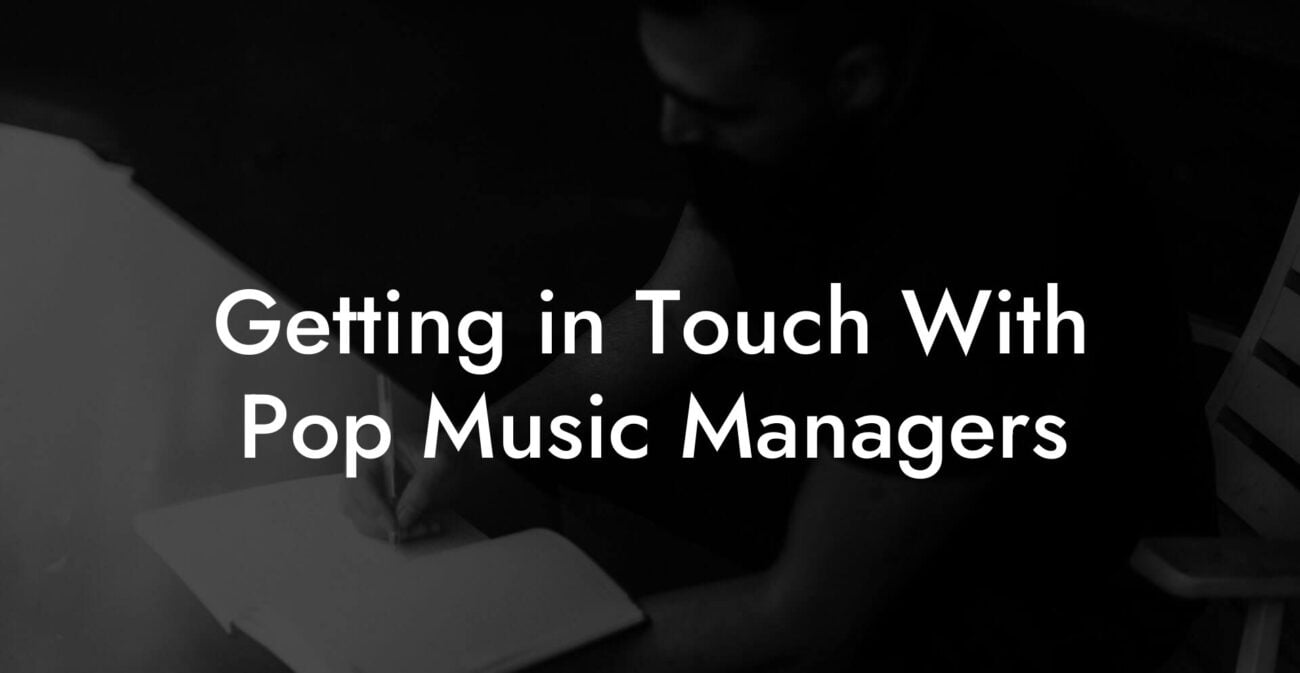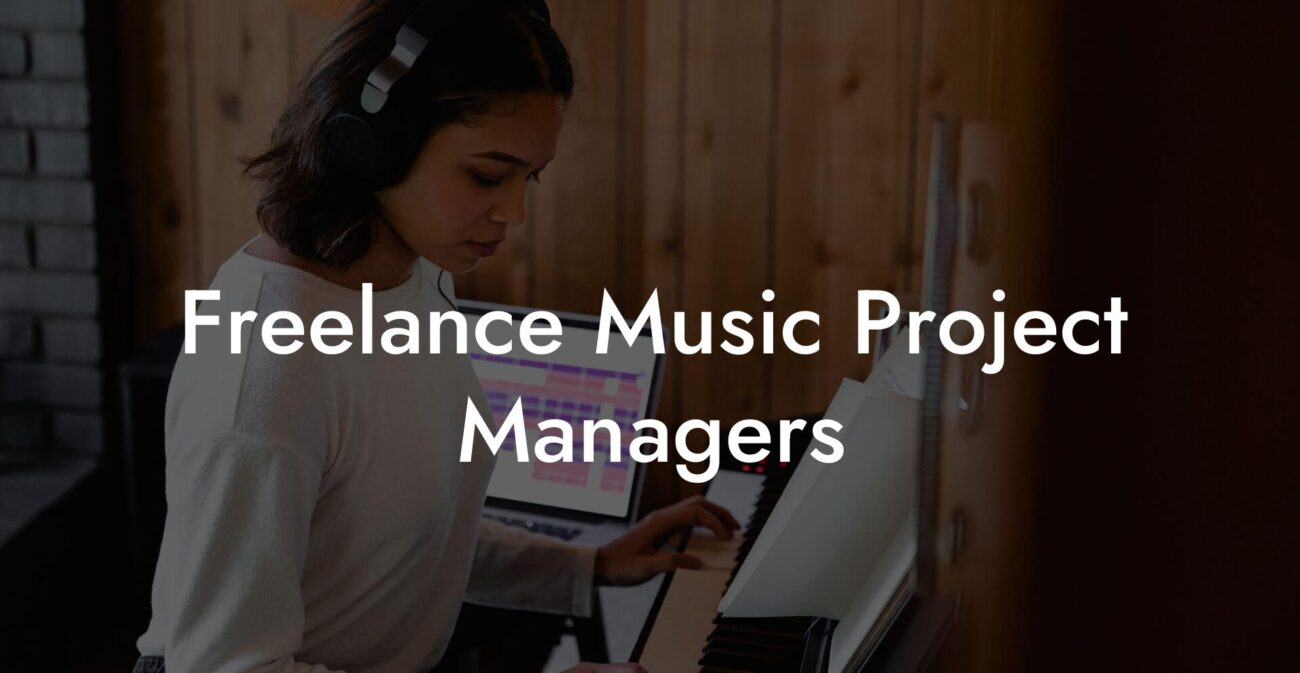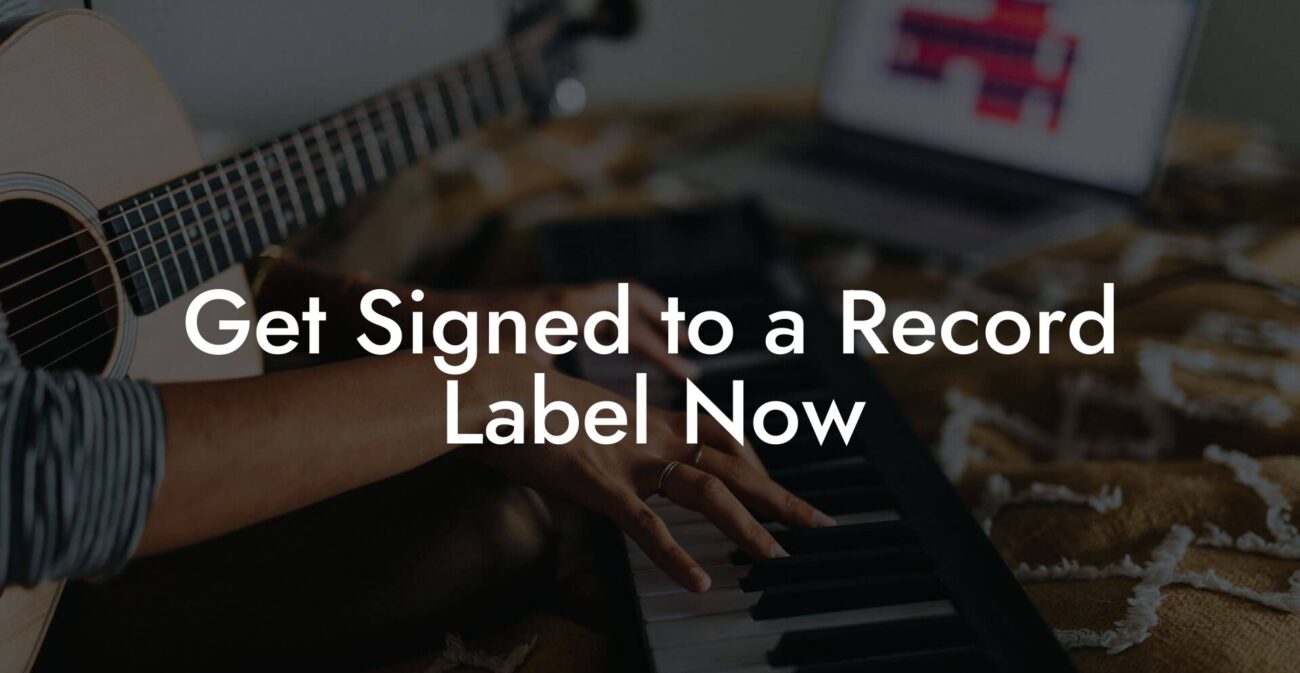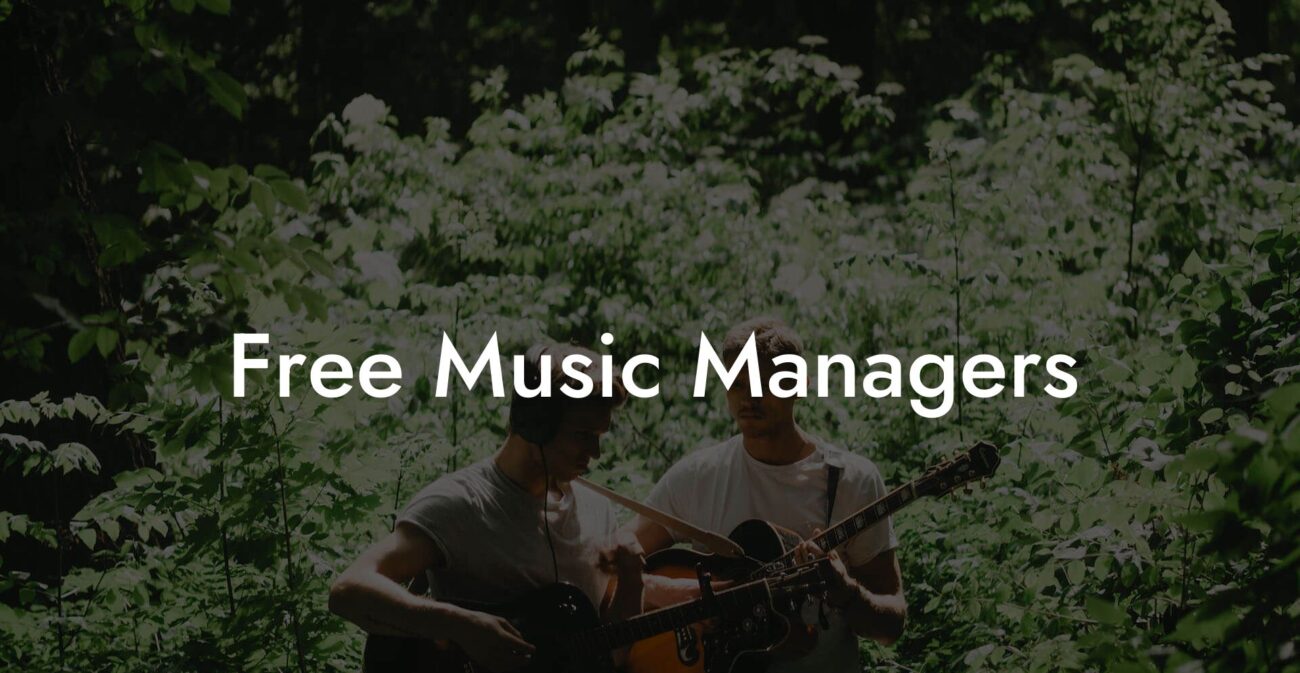Ever wondered how a catchy melody can suddenly transform bland lyrics into an anthem that echoes through headphones worldwide? Welcome to the quirky, vibrant world of “Writing Melody For Lyrics” – where every beat feels like a secret handshake between your heart and the universe. Whether you’re hustling on your bedroom studio setup or scribbling down quick riffs on your smartphone, this deep dive is here to help you harness the alchemy of melody and lyrics, making you the next big sonic storyteller. So, buckle up and get ready for a journey that’s as creative as it is practical, with a side of witty banter to keep things fresh.
Looking to write your next song? Transform your creative ideas into songs that people will love, and skyrocket your music career with Lyric Assistant. The perfect songwriting assistant. Find out more →
Quick Links to Useful Sections
- Understanding the Intersection of Melody and Lyrics
- Why Your Melody is the Heartbeat of Your Song
- Building Your Melody: Tools, Techniques, and Timeless Tips
- Start With a Hook
- Play With Scales and Chords
- Freeform Improvisation
- Mirror Your Emotions
- Crafting Lyrics Around Your Melody: A Creative Dance
- Let the Melody Guide the Mood
- Embrace the Art of Storytelling
- Use Rhyme and Rhythm Effectively
- Revise, Refine, and Remember: Quality Over Quantity
- Common Pitfalls and How to Dodge Them Like a Pro
- Integrating Melody and Lyrics with Tech: Tools and Apps for Modern Songwriters
- Digital Audio Workstations (DAWs)
- Melody Generation Apps
- Lyric Writing Assistants
- Mobile Apps and Cloud Solutions
- Tips for Writing Melodies With Lyrics That Truly Connect
- Immerse Yourself in Diverse Music
- Embrace Your Unique Voice
- Stay Open to Experimentation
- Collaborate and Seek Feedback
- Inspiration and Creativity: Finding Your Unique Voice in Songwriting
- Resources and Community Support: Your Next Steps
- Frequently Asked Questions about Writing Melody For Lyrics
- Your Journey to Crafting Memorable Songs Begins Now
Understanding the Intersection of Melody and Lyrics
At its core, songwriting is a balancing act between two monumental pillars: melody and lyrics. Picture this duo as Ryan Reynolds and Hugh Jackman – each brilliant on their own, but together, they create magic that leaves audiences swooning. Melodies are the emotional heartbeat of your track, while lyrics provide the narrative pulse. When they sync perfectly, your song becomes an experience that resonates deeply with listeners.
A compelling melody can lift a simple lyric into an unforgettable memory, and conversely, poignant lyrics can give a melody context and depth. It’s about weaving a musical tapestry where every note and word serves a purpose. In this space, we’ll explore techniques to meld these elements seamlessly, whether you’re starting with a catchy tune or penning lyrics that stir the soul.
Think of your melody as the pathway that guides a listener through their emotions, while the lyrics act as the landmarks on that journey. Together, they allow your audience to explore the highs and lows of the human experience, one note at a time.
Why Your Melody is the Heartbeat of Your Song
Let’s get real – in the crowded world of music, a memorable melody is like your favorite meme going viral. It sticks with you, it makes you move, and sometimes, it just gives you chills. Your melody does more than just accompany your lyrics; it breathes life into them. It’s the part of your song that lingers in the background of your mind long after the track has finished.
Write Lyrics Like a Professional Songwriter
The ultimate songwriting tool that takes your creative vision to the next level! With just a few clicks, you can unleash your inner songwriter and craft a hit that's uniquely yours. Your song. You own it.
A strong melody can:
- Craft an emotional narrative that resonates with diverse audiences.
- Create an atmosphere and set the tone even before the lyrics kick in.
- Highlight the dramatic structure of your lyrics by building tension and release.
- Offer a signature hook that makes your track instantly recognizable.
Whether you’re composing in a recording studio or jamming out on your living room couch, focusing on melody means you’re setting the stage on fire before your lyrics even have a chance to speak.
Building Your Melody: Tools, Techniques, and Timeless Tips
Crafting an addictive melody is part art, part science, and all about tapping into your unique vibe. Here are some time-tested techniques to get those creative juices flowing:
Start With a Hook
Imagine the opening line of your favorite song – chances are, it’s built around a hook so catchy, it almost feels like an earworm. Starting with a strong hook can anchor your entire composition. Experiment with different rhythmic patterns and intervals until you land on a sequence that just won’t let go.
Play With Scales and Chords
Dive into the world of major and minor scales to discover the emotional spectrum of your song. A major scale can evoke happiness and optimism, while a minor scale might invoke introspection or melancholy. Use chord progressions to add layers to your melody, drawing on the rich traditions of pop, rock, and even indie melodicism.
Freeform Improvisation
Every great melody has a story of spontaneous creativity behind it. Give yourself permission to jam without the pressure of perfection. Whether it’s on a guitar, piano, or digital audio workstation, let your fingers or digital pads dictate the flow, and record those moments – sometimes the best melodies emerge from moments of unbridled improvisation.
Mirror Your Emotions
Let your current emotions guide you. Feeling ecstatic? Your melody may surge with upbeat tempos and major chords. Feeling reflective? A slow, minor-key progression might be just the fit. The goal is to ensure that the flow of your melody aligns with the feelings you wish to evoke.
Tools like virtual keyboards, melody generators, and even mobile apps (like Lyric Assistant, which can help bridge your lyrical thoughts with musical ideas) are invaluable for modern songwriters. Embrace technology as your creative co-pilot in this melodic adventure.
Crafting Lyrics Around Your Melody: A Creative Dance
Now that you’ve got a killer melody in place, it’s time to add the soulful words that tell your story. Writing lyrics around your melody is a creative dance — each step must be executed with care to ensure the lyrics flow naturally with the rhythm and vibe of your tune.
Here’s how to get your lyrical game on point:
Let the Melody Guide the Mood
Close your eyes and listen to the melody you’ve crafted. What emotions does it stir in you? Let these feelings inform your word choice and the overall arc of your narrative. Sometimes, humming along to your melody can ignite poetic phrases that you’d never have written while staring at a blank page.
Embrace the Art of Storytelling
Think of your lyrics as a mini screenplay. Start with a hook – both in the musical and narrative sense – that captures your audience’s attention. Then, build a storyline that has a beginning, a twist, and a satisfying resolution. The best lyrics often paint vivid pictures, evoke strong emotions, or even challenge the norm.
Use Rhyme and Rhythm Effectively
Just as your melody sets the rhythmic pattern, your lyrics should boast a cadence that dovetails beautifully with it. Experiment with different rhyme schemes, internal rhymes, and wordplay to create a fluid linguistic pattern. Avoid clichés by adopting fresh metaphors and playful language that resonate with millennial and Gen Z sensibilities.
Revise, Refine, and Remember: Quality Over Quantity
Don’t be afraid to rewrite and refine. Great lyrics aren’t always born on the first try. Write freely, then revisit your work with a critical yet gentle eye. Ask yourself: Does this word add to the emotion of the melody? Does this line enhance the overall feel of the song? Sometimes, a well-placed comma or a slight shift in phrasing can transform a good lyric into a great one.
Common Pitfalls and How to Dodge Them Like a Pro
Even the most seasoned songwriters can stumble when merging melody and lyrics. Here’s a run-down of common pitfalls—and some witty wisdom to sidestep them:
- Overcomplicating the Structure: It’s easy to get lost in a maze of fancy chords and baroque lyricism. Keep things simple and let your natural rhythm shine through.
- Forcing a Rhyme: Sometimes, in the quest for the perfect rhyme, you might end up with awkward phrasing or clunky word choices. Let the rhyme emerge organically from your narrative.
- Losing the Emotional Core: If the technical aspects of melody or lyrics overshadow the emotional message, your song might end up feeling soulless. Stay true to your feelings and let authenticity guide your creative process.
- Neglecting Variation: Repetitive melodies or predictable lyric patterns can lull your track into monotony. Spice things up with dynamic shifts, unexpected pauses, or sudden bursts of energy to keep your audience engaged.
Remember, every misstep is a learning opportunity—so relax, roll with the creative punches, and let your artistry evolve.
Integrating Melody and Lyrics with Tech: Tools and Apps for Modern Songwriters
The digital age has armed us with a treasure trove of tech tools to make the melding of melody and lyrics smoother than ever. Whether you’re a DIY bedroom producer or a professional musician, these tools can help take your songwriting process to the next level.
Digital Audio Workstations (DAWs)
DAWs like Ableton Live, Logic Pro, and FL Studio are the workhorses of modern music production. They offer a digital canvas where you can record, arrange, and edit your melodies and vocals with laser precision. Experiment with different plugins and instrument libraries to discover sounds that inspire your creative flow.
Melody Generation Apps
Sometimes, all you need is a little spark of inspiration. Melody generation apps use algorithms to create chord progressions and melodic patterns. Tools like ChordChord or even built-in features in certain DAWs can jumpstart your creative process when you’re stuck in a creative rut.
Lyric Writing Assistants
For those moments when the right words seem to play hide and seek, lyric writing assistants step in. Platforms like Lyric Assistant not only help generate lyrical ideas but also provide organization, rhythm suggestions, and even prompts tailored to your genre. These digital minions ensure that your words don’t miss a beat.
Mobile Apps and Cloud Solutions
In our hyper-connected world, being able to capture inspiration on the fly is crucial. Mobile apps allow you to record melodic snippets or scribble down lyric ideas wherever you are. Cloud-based storage ensures that your creative ideas are safe and accessible anytime, anywhere.
Embracing these technological tools not only enhances your efficiency but also frees up more time for creativity. After all, in the age of digital collaboration, the perfect melody and lyric may come from a serendipitous tap on your smartphone screen.
Tips for Writing Melodies With Lyrics That Truly Connect
Creating a song that speaks to the soul is a blend of inspiration, technique, and raw honesty. Here are some curated tips to help ensure that your melodies and lyrics click in perfect harmony:
Immerse Yourself in Diverse Music
Let your musical palate wander. Listen to genres outside your usual playlist—be it lo-fi, indie pop, or even international beats. This exposure broadens your creative reservoir and helps you pick up subtle techniques, rhythmic patterns, and tonal nuances.
Embrace Your Unique Voice
Authenticity is the secret sauce in songwriting. Don’t mimic trends or overly polish your sound to fit in. Instead, celebrate your unique perspective. Whether your lyrics are raw confessions or imaginative storytelling, ensure they reflect your genuine self.
Stay Open to Experimentation
Some of the greatest musical breakthroughs come from breaking the rules. Try switching up tempos, playing with unexpected chord changes, or even remixing your lyrics mid-composition. That playful experimentation can lead to surprising breakthroughs that elevate your song.
Collaborate and Seek Feedback
Two (or more) heads are often better than one. Collaborate with fellow musicians, lyricists, or even fans. Constructive feedback can reveal blind spots in your composition and ignite ideas you might have never thought of. A casual jam session or an online songwriting forum can be a goldmine of inspiration.
By integrating these tips into your songwriting workflow, you’ll be well on your way to creating music that not only sounds good but also connects on a deeper emotional level.
Inspiration and Creativity: Finding Your Unique Voice in Songwriting
In the era where every playlist is a mixtape of personal identity, finding your unique voice as a songwriter is the ultimate goal. Inspiration often comes in unexpected bursts—a random conversation, a fleeting emotion, or a memory that stirs something profound within you.
Here’s how to tap into that inspiration:
- Keep a Journal: Jot down phrases, random thoughts, or even snippets of conversation. These can later bloom into lyrics that speak to your personal journey.
- Explore New Environments: A change of scenery, whether it’s a nature walk or a bustling city street, can shift your perspective and provide fresh musical ideas.
- Engage with Other Artists: Attend live shows, participate in open mics, or join songwriting groups online. The creative energy from other artists can be contagious.
- Embrace Vulnerability: Let your songwriting be an authentic expression of your experiences and emotions. Vulnerability often leads to the most cathartic and relatable art.
When your writing is fueled by sincere emotion and a genuine sense of wonder, it transcends the typical and becomes the anthem of a generation. Let your inspiration be the wind beneath your creative wings.
Resources and Community Support: Your Next Steps
The journey of fusing melody with lyrics is both challenging and exhilarating, and you don’t have to travel it alone. Surround yourself with a vibrant community of fellow songwriters, indie enthusiasts, and digitally savvy creatives who share your passion for musical expression.
Here are some valuable next steps to deepen your craft:
- Join Online Songwriting Forums: Platforms like Reddit’s r/Songwriting or dedicated Facebook groups offer a space to exchange ideas, seek advice, and showcase your work. The communal vibe not only motivates you but also helps refine your creative approach.
- Attend Workshops and Webinars: Look for local or online events hosted by experienced songwriters or music educators. These sessions can introduce you to advanced techniques, new technologies, and even collaborative opportunities.
- Explore Music Production Courses: Understanding the technical side of music production can elevate your songwriting. Explore courses on platforms like Coursera, Udemy, or even specialized music schools that offer insights into digital production.
- Utilize Lyric Assistant: Tap into Lyric Assistant’s suite of tools designed specifically for musicians. Whether you’re stuck on a lyrical idea or need help matching your melody with the perfect words, this tool is your creative co-pilot.
- Engage With Local Music Communities: Attend local open mic nights, join bands, or collaborate on projects. Face-to-face interactions can often lead to unexpected creative breakthroughs.
Remember, every musician’s journey is unique. Surrounding yourself with supportive peers and constantly seeking new resources not only sharpens your craft but also fuels your passion for making music that resonates.
Frequently Asked Questions about Writing Melody For Lyrics
Here are some questions we hear most often from creative minds just like yours, along with answers that help decode the art of blending melody and lyrics.
1. How do I start creating a melody for my lyrics?
Try humming different tune ideas as you read your lyrics out loud. The natural flow of your voice can hint at the right melody. Experiment on an instrument or use a melody generation app to solidify your idea.
2. Should I write the melody or the lyrics first?
There’s no one-size-fits-all solution. Some writers start with a melody and let it inspire the lyrics, while others craft poetic verses and then find a fitting melody. Experiment to see which process fuels your creativity best.
3. What if my lyrics feel too forced when paired with my melody?
When your words feel squashed, consider stepping back and allowing your melody to guide you. Adjust the phrasing, experiment with different rhythms, or even rewrite lines to achieve natural flow.
4. How can I ensure that my melody and lyrics click emotionally?
Focus on the vibe and mood of your song. Let your personal experiences and emotions inform both elements. Authenticity tends to create the strongest connections.
5. What tools can help me sync melody and lyrics effectively?
Digital Audio Workstations, melody generators, and lyric assistants (like Lyric Assistant) serve as excellent aides in bridging your melodic ideas with your lyrical intent.
6. How do successful artists overcome writer’s block when composing?
Many embrace freeform improvisation, collaborative brainstorming, or even taking a break and drawing inspiration from other art forms. Experimenting with new directions often reignites the creative flame.
Your Journey to Crafting Memorable Songs Begins Now
At the end of the day, the synergy between melody and lyrics is what transforms a simple song into a masterpiece. It’s about passion, persistence, and a hearty dose of creative exploration. Every melody you craft, every word you choose, is a reflection of a part of you—a piece of your story waiting to touch the world.
As you experiment with different musical scales, embrace digital tools, and immerse yourself in the creative process, remember that songwriting is a journey, not a destination. Your growth as a musician is measured not just in catchy hooks or flawless verses, but in your willingness to take risks, learn from missteps, and ultimately create melodious narratives that speak true to your soul.
Let the vibrant community of songwriters, the endless digital aids, and your own unique emotional palette be the stepping stones towards mastering the art of “Writing Melody For Lyrics.” Dive in, experiment wildly, and celebrate the little victories along your creative journey.
Whether you’re crafting your debut track or polishing your tenth hit, trust that every note and every word you create has the power to inspire. With the right mix of creativity, technology, and heartfelt storytelling, your music will not only capture ears but also connect hearts. Embrace the process, learn continuously, and above all, have fun! Your next hit might just be a melody and a lyric away.
Write Lyrics Like a Professional Songwriter
The ultimate songwriting tool that takes your creative vision to the next level! With just a few clicks, you can unleash your inner songwriter and craft a hit that's uniquely yours. Your song. You own it.

